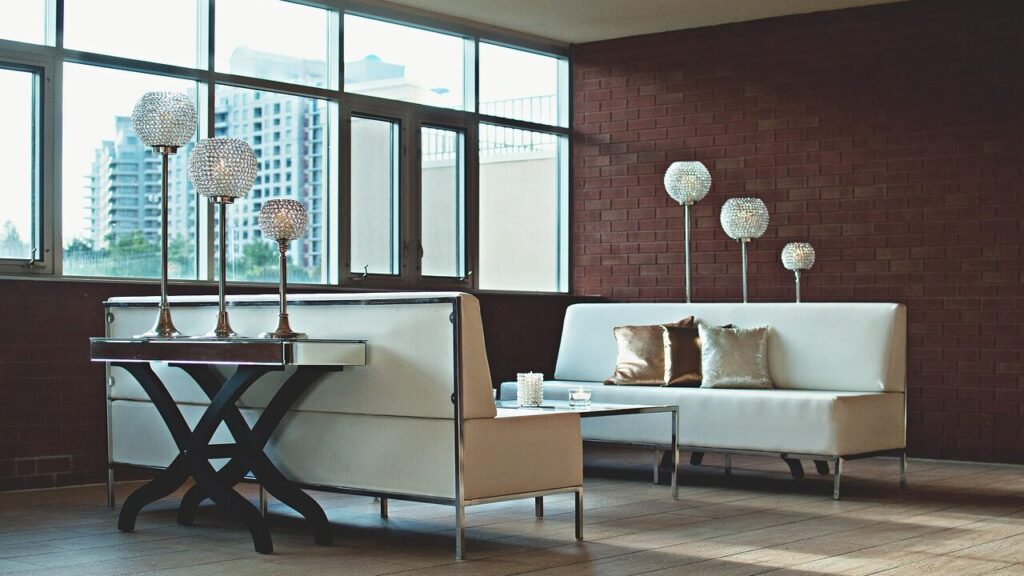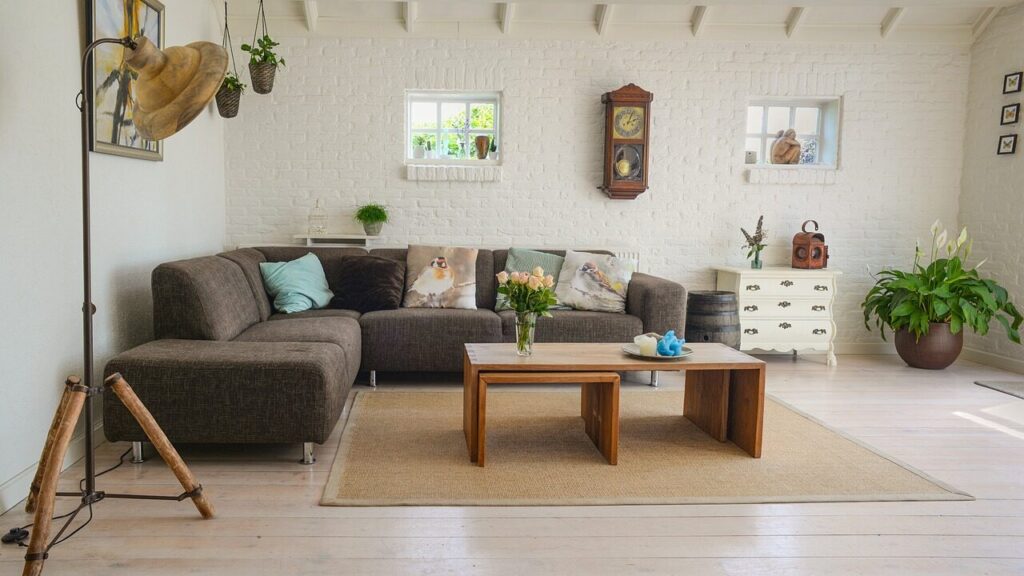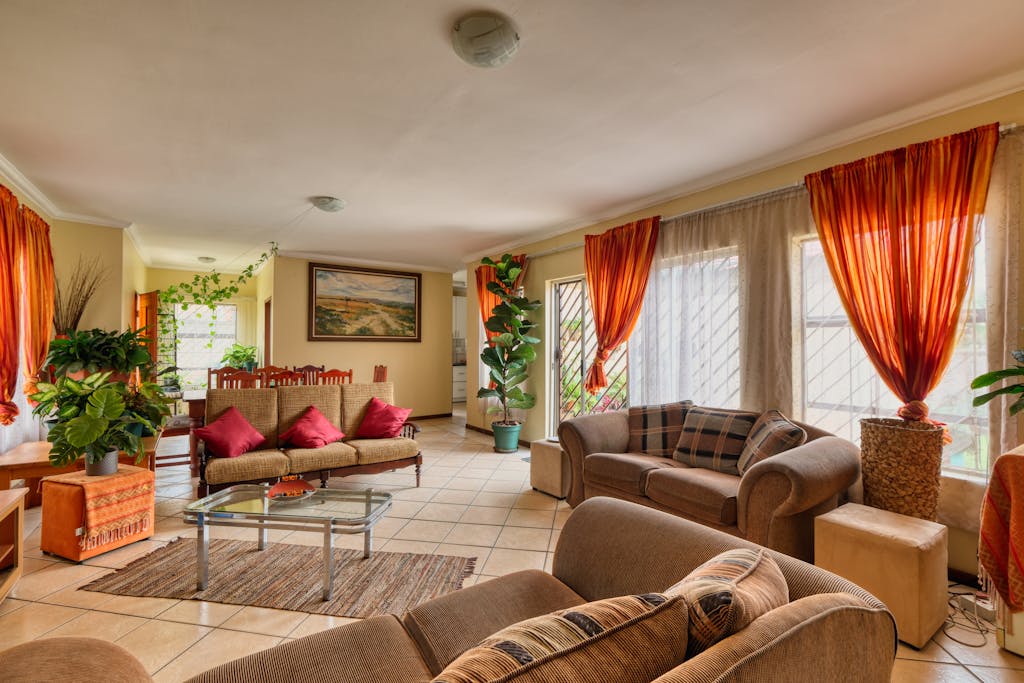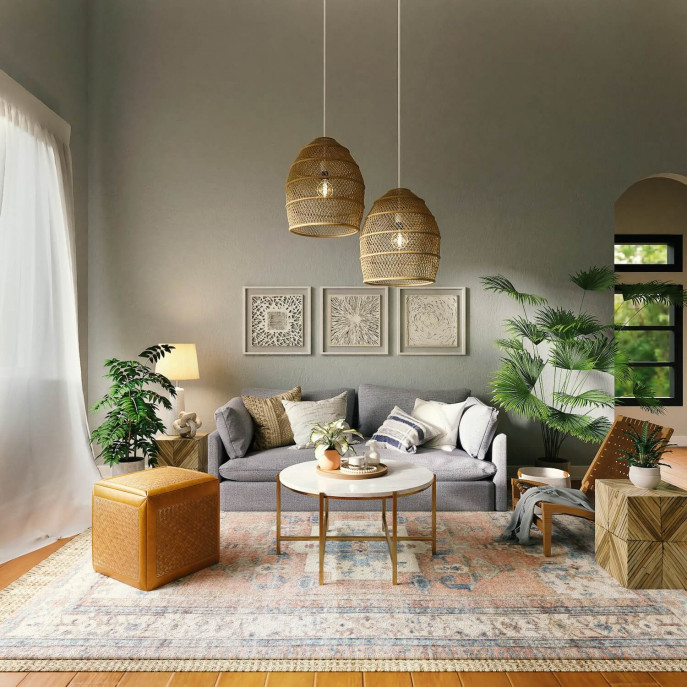Introduction
Ever walked into a room and just felt everything was right? This post is noticeably focused on revealing how to jumble your room’s style—to uncloak the details on building, from the ground up, a room that stands out with an interesting combination of decor. Want to know how to make your space look nice and go well together by using different styles?Let’s talk about how to easily create a look that mixes the old with the new or the smooth with the rough without everything looking out of place. Creating different styles in room design might seem hard–but it’s actually a fun way to show what makes you special. We’ll arm you with all the insider knowledge and tips to make sure when you try new and different options, it looks effortlessly planned and precise.Whether you’re aiming to weave together modern and rustic characteristics, or blend vintage flair with a contemporary twist, we’ve got you in unlocking the secrets to keep it stylish and harmonious.
Understanding the Basics of Interior Design Styles
What Are Interior Design Styles?
Before diving into how to blend styles, it’s essential to understand what different interior design styles are. Styles such as modern, traditional, rustic, industrial, bohemian, and Scandinavian each have distinct characteristics, from color palettes to furniture choices and decorative elements.
Key Elements of Popular Interior Design Styles
- Modern: Clean lines, neutral color schemes, minimalism, and functional furniture.
- Traditional: Rich wood tones, ornate details, classic patterns like florals and damasks.
- Rustic: Natural materials, earthy colors, weathered finishes, and cozy textures.
- Industrial: Exposed brick, metal fixtures, reclaimed wood, and open spaces.
- Bohemian: Eclectic mix of patterns, vibrant colors, natural fabrics, and a carefree vibe.
- Scandinavian: Bright, airy spaces, simple forms, and a focus on functionality with a touch of coziness.
Advantages and Disadvantages of Mixing Styles
Advantages
- Personalization: Blending styles allows you to create a space that truly reflects your personality and preferences.
- Versatility: A mixed-style approach can make a space feel more dynamic and interesting, offering more flexibility in decor choices.
- Creativity: Mixing styles opens up a world of creative possibilities, letting you combine your favorite elements from different eras and aesthetics.
Disadvantages
- Overwhelm: Without a clear plan, mixing styles can easily lead to a cluttered or chaotic space.
- Balance Issues: It can be challenging to achieve the right balance between different styles, making the space feel disjointed.
- Cohesiveness: Creating a cohesive look requires careful consideration, or the space might feel mismatched.
Problems and Concerns When Blending Interior Design Styles
Clashing Elements
One of the biggest challenges in mixing styles is avoiding clashes between different elements, such as furniture pieces, colors, or patterns. It’s essential to ensure that all elements work harmoniously together rather than competing for attention.
Lack of Cohesion
Without a unifying element, mixing styles can result in a space that feels fragmented. It’s crucial to find common ground between the styles, whether through color, texture, or theme, to tie everything together.
Overpersonalization
While personalization is a benefit, it can also be a pitfall if taken too far. A space that reflects too many individual preferences without a cohesive design strategy can feel overwhelming or uninviting to others.
Dos and Don’ts of Blending Interior Design Styles
Dos
- Do Start with a Plan: Before you start mixing styles, have a clear vision and plan in place. Decide on a dominant style and use other styles as accents.
- Do Use a Consistent Color Palette: A unified color scheme can help different styles work together seamlessly.
- Do Balance Proportions: Ensure that the pieces you choose complement each other in scale and proportion to maintain visual harmony.
- Do Layer Textures and Patterns: Mixing textures and patterns can add depth to your design, but be sure to keep them within a cohesive theme.
- Do Incorporate Transitional Elements: Items like rugs, pillows, or artwork can act as bridges between different styles, helping to unify the space.
Don’ts
- Don’t Overcrowd the Space: Mixing too many styles can lead to clutter. Focus on a few key elements that represent each style.
- Don’t Ignore Functionality: While aesthetics are important, the space should still be functional and comfortable.
- Don’t Forget About Focal Points: Establish focal points to anchor the room, such as a statement piece of furniture or artwork, and design around them.
- Don’t Neglect Lighting: Lighting plays a crucial role in highlighting different design elements. Use it to your advantage to create mood and depth.
- Don’t Be Afraid to Edit: If something doesn’t work, don’t hesitate to remove it. Less is often more when blending styles.
Case Study: Successfully Blending Modern and Rustic Styles
Let’s look at a real-life example of blending modern and rustic styles. In this living room, the homeowners wanted a space that felt contemporary yet cozy. They chose a neutral color palette of whites, grays, and natural wood tones. A sleek, modern sofa was paired with a rustic coffee table made from reclaimed wood. The contrast between the smooth, clean lines of the sofa and the rugged texture of the coffee table creates a harmonious balance. Industrial-style lighting and minimalistic artwork tie the two styles together, while cozy textiles like a wool rug and throw pillows add warmth to the space. The result is a living room that feels both modern and inviting.
FAQs
- Can I mix more than two styles in one room?
- Yes, but it’s essential to maintain balance. Stick to one dominant style and use the others as accents to avoid a chaotic look.
- How can I blend styles in a small space?
- Focus on a cohesive color palette and multifunctional furniture. Use mirrors and lighting to create a sense of openness.
- What if my partner and I have different style preferences?
- Find common ground by choosing elements from each style that you both like. Compromise on a neutral base and add personal touches from each style.
- Can I blend traditional and modern styles?
- Absolutely. Use traditional furniture with modern accessories or vice versa. Stick to a neutral color palette to tie the styles together.
- How do I know if I’ve successfully blended styles?
- The space should feel cohesive, balanced, and reflective of your personality. If it looks intentional and not haphazard, you’ve done it right.
My Advice
When blending different interior design styles, the key is to start with a clear vision and maintain consistency. Use a neutral color palette as your foundation, and incorporate elements from each style that you love. Remember, less is more—don’t feel pressured to include every single piece that represents a style. Instead, focus on creating a balanced, cohesive space that feels intentional and personal. And most importantly, have fun with it! Mixing styles is an opportunity to express your unique taste and creativity.
Conclusion
Blending different interior design styles in one space can be both rewarding and challenging. It requires a thoughtful approach to ensure that the space feels cohesive and balanced. By understanding the basics of each style, planning your design carefully, and using consistent elements like color and texture, you can create a space that is uniquely yours. Whether you’re mixing modern with rustic, traditional with contemporary, or any other combination, the result should reflect your personality and make your space feel like home.




